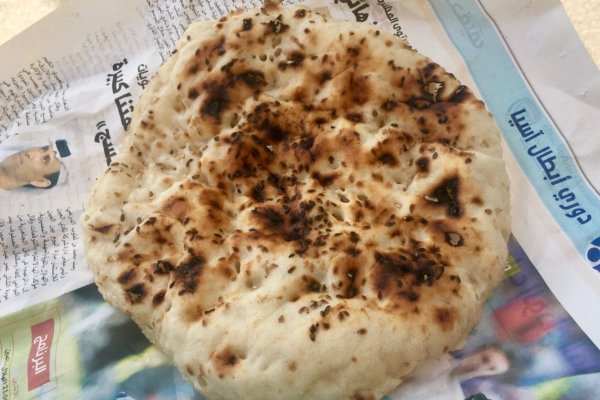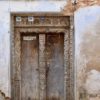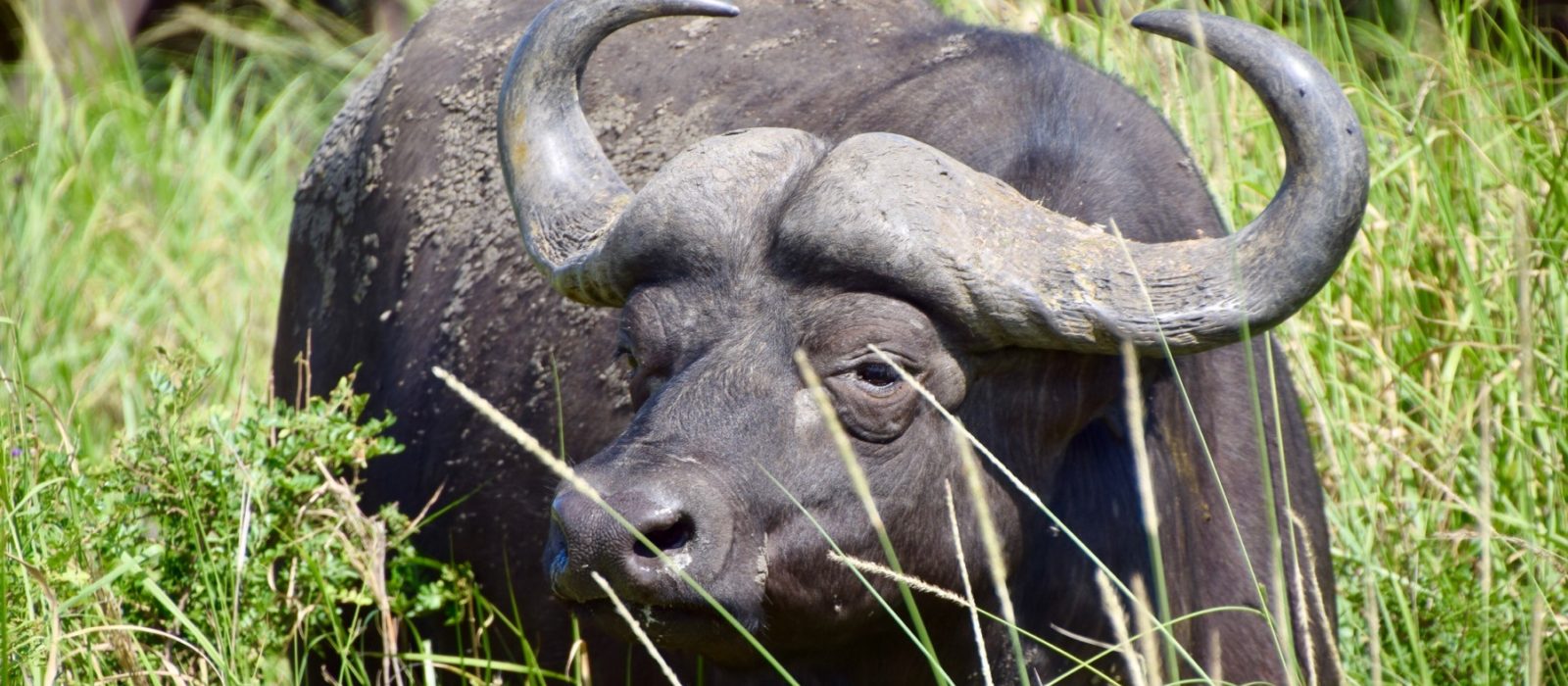
Tanzania,
2 weeks
About Tanzania
Tanzania is well-known for the spectacular Serengeti National Park, Ngorongoro crater and mount Kilimajaro. But! To get away from the crowds I choose to venture south instead and was surprised by what more the country has to offer!
Practical information
Zanzibar

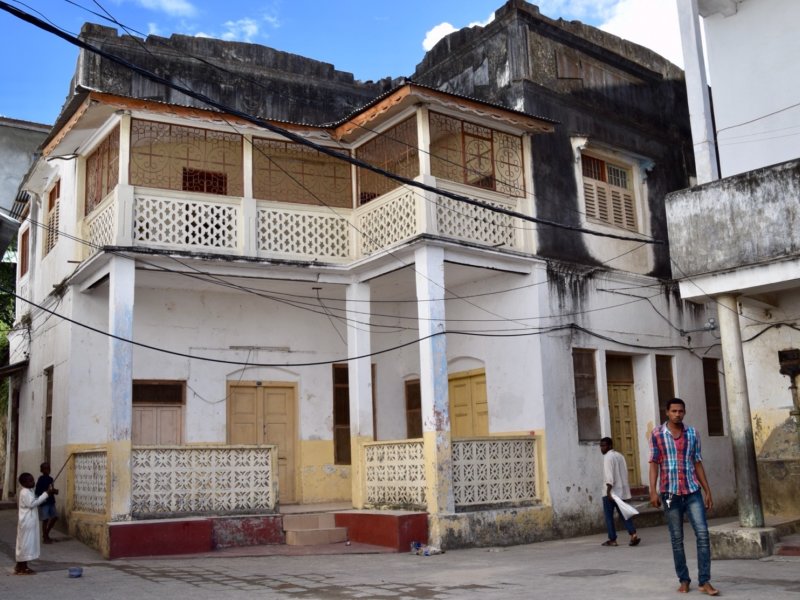
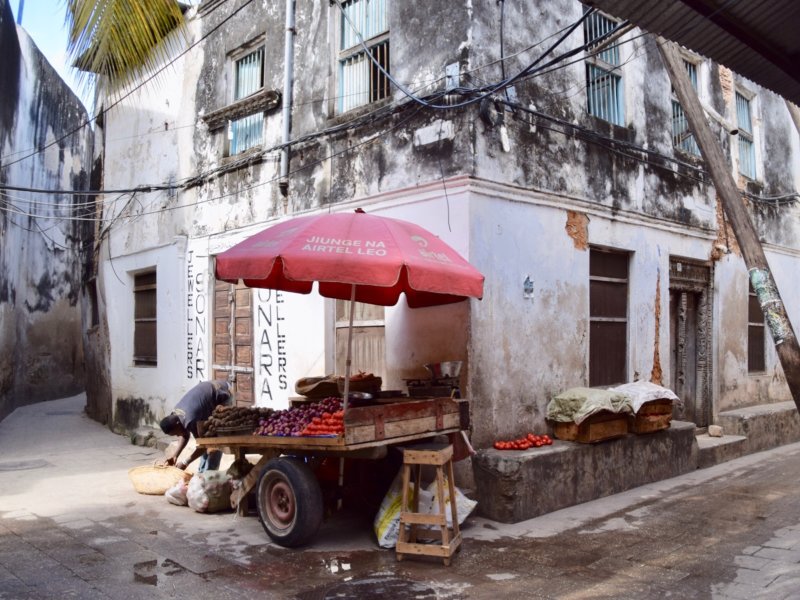
Get lost in the winding lanes of Stone Town
This atmospheric and mystical town is the cultural and historical heart of Zanzibar.The fascinating maze of winding lanes leads past numerous houses and mosques, wonderful cafes and restaurants, shops and bazaars. I loved getting off the tourist trail and just get lost in the backstreets but added some landmarks, markets and museums in this itinerary if you like more focus ;)
Tip!
Dress appropriately, 98% of the population is Muslim.
See detail page

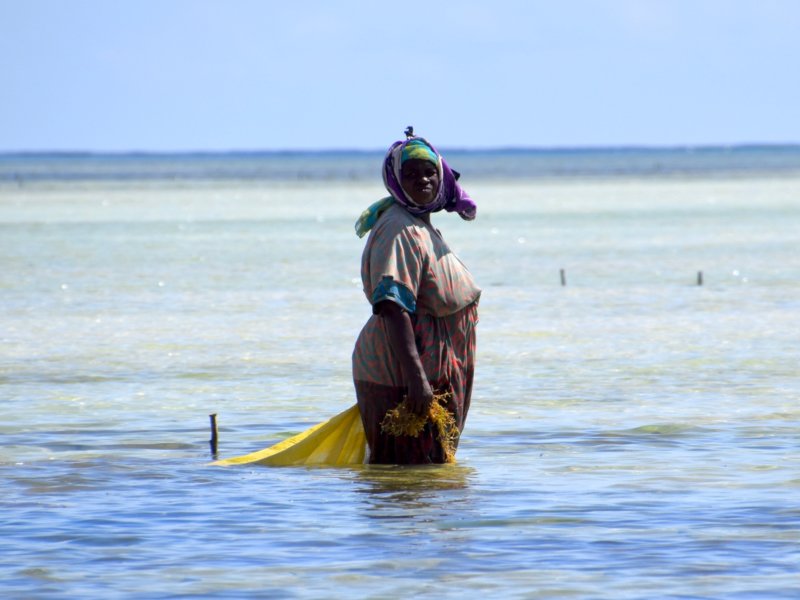
Watch the seaweed farmers on the East Coast
After tourism and spices, farming seaweed is the third biggest industry on Zanzibar. At low tide you can see farmers waist deep in sapphire water off the white beaches at the east coast of the island.
Around 15,000 women work in seaweed farming. Their livelihood is at risk though as warming sea temperatures cause massive die-offs. Despite maintaining its position as the third largest seaweed exporter in the world, many farmers in Zanzibar have abandoned this line of work as they now feel the economic impact.
Seaweed is exported to Europe, America and Asia. Food, pharmaceutical, and cosmetic industries, use seaweed extracts as gelling substances, stabilizers and emulsifiers in industrial products like perfumes, shampoos, toothpaste, medicines, and....ice cream, milk shakes, and yoghurt!! Did you know? 😉
Tip!
You can see the farms all the way from Kiwenga to Paje.
See detail page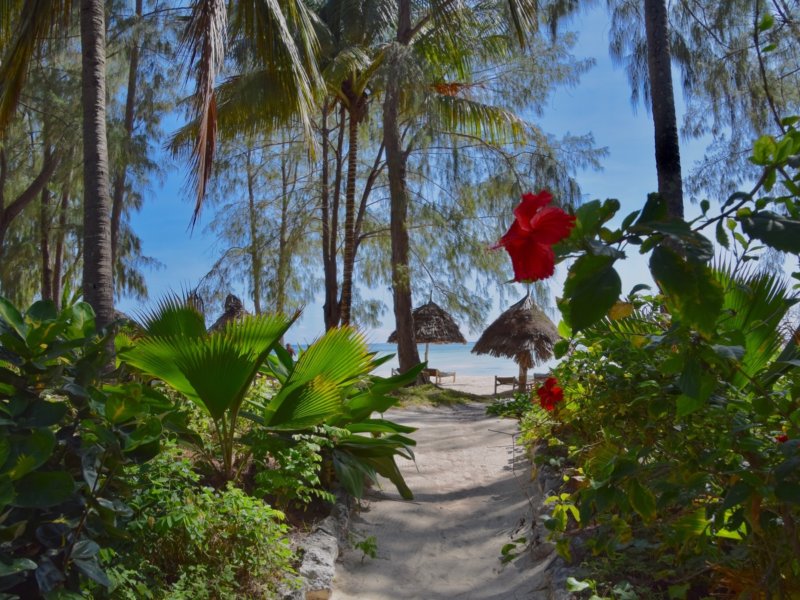

Be a beach bum at Paje
This is one of the less touristy beaches of the island (as you know, I am not a fan of the big crowds
😉). Do not expect banana boats and parachuting behind a speed boat here. Paje is good for a few days of sun-bathing and maybe you can follow a few kite-surfing lessons. And, there are enough bars and restaurants to keep you busy too ;)
See detail page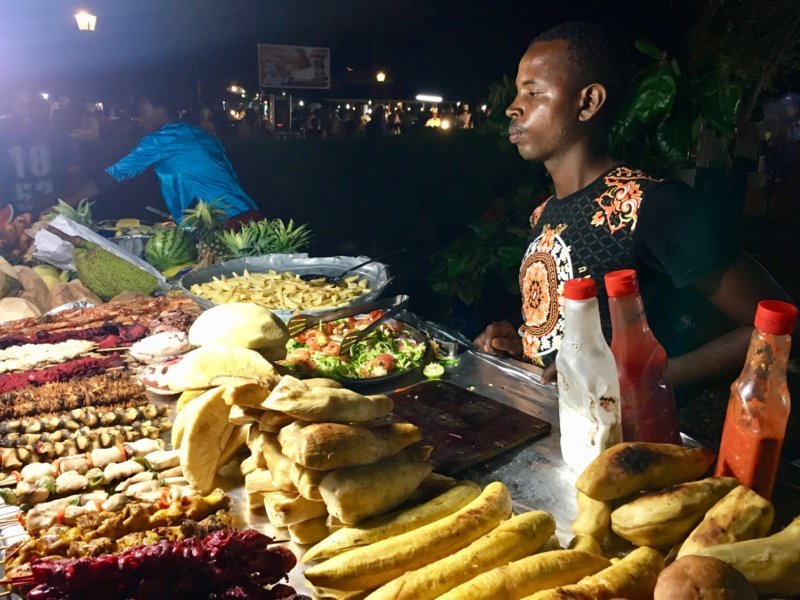
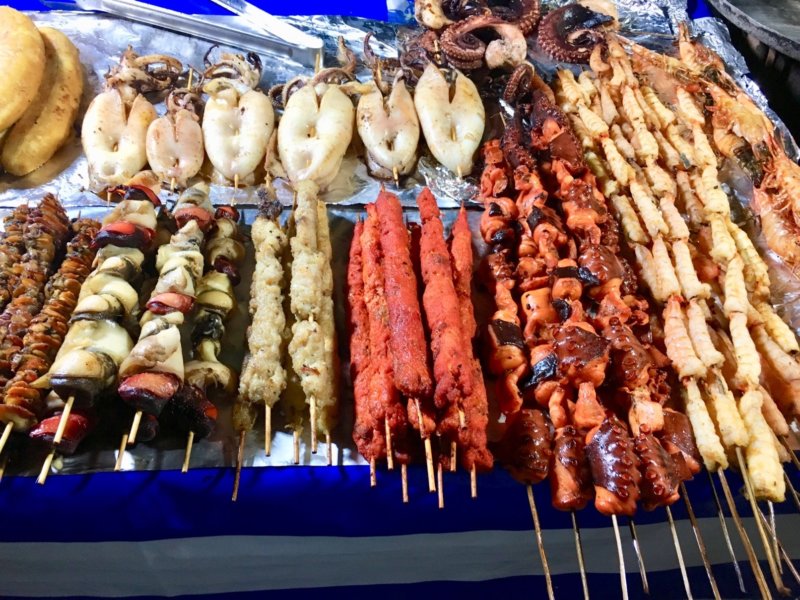
Indulge in Zanzibar food at the Night Market
To experience the best of Zanzibar’s food, head to the Night Market that happens each night in the Forodhani Gardens. Indulge in seafood, meat skewers, Zanzibar pizza (!), snacks, local beer, exotic fuits and desserts. The hawkers can be a bit pushy, but do not let that annoy you too much. The food is great!
See detail page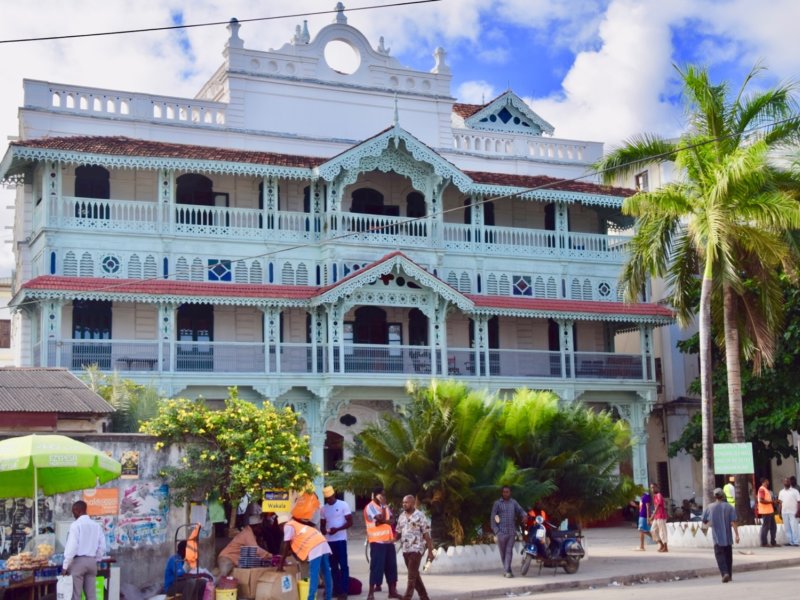
Take pictures of the pretty Old Dispensary
The prettiest building in Stown Town. Marvel at the wooded carved balconies, stained glass decorations, built with Zanzibari coral rag and limestone but covered with stucco adornments. Not more than a photo opp to be honest, there is nothing noteworthy on the inside.
See detail page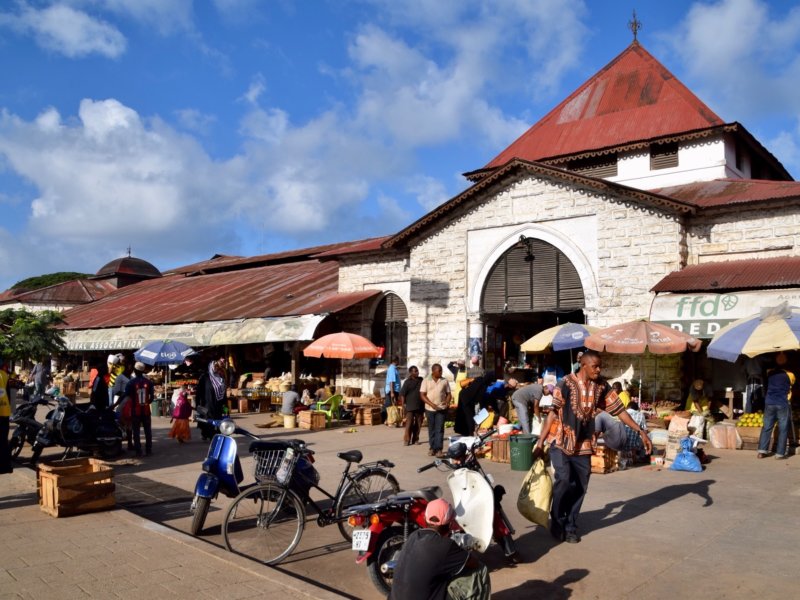
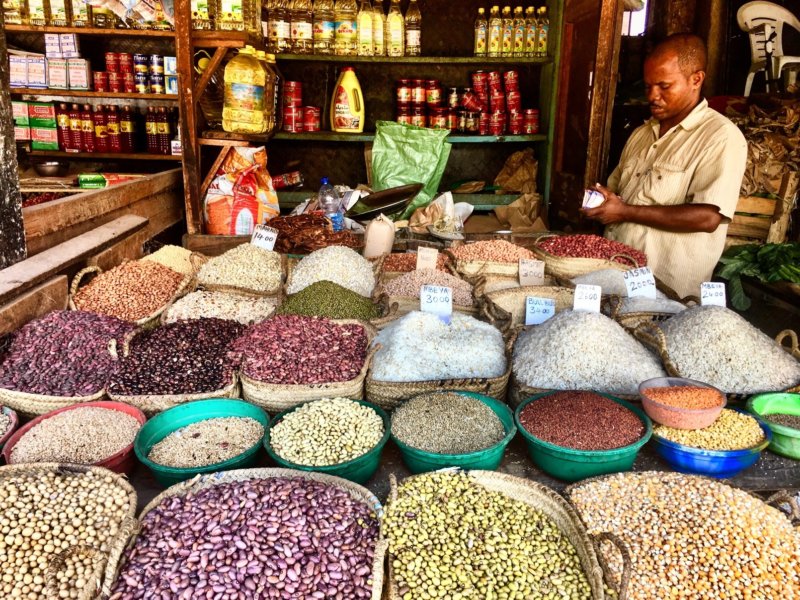
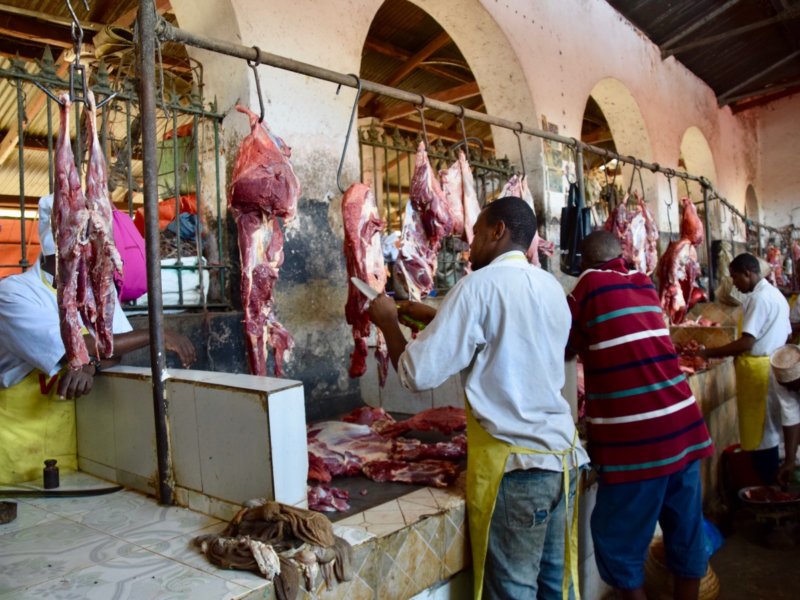
Immerse in daily island life at Darajani Bazaar
The Darajani Bazaar is the main market in Stone Town and specializes in food (seafood, meat, fruits, grains, spices), but there are also shops selling a number of different goods, from touristy curios to consumer electronics. The covered meat and fish sections are worth checking out. The colours, the smells and the way the butchers go about their cutting are something completely different from the Western world ;)
Tip!
Go early to see the wet market in full swing.
See detail page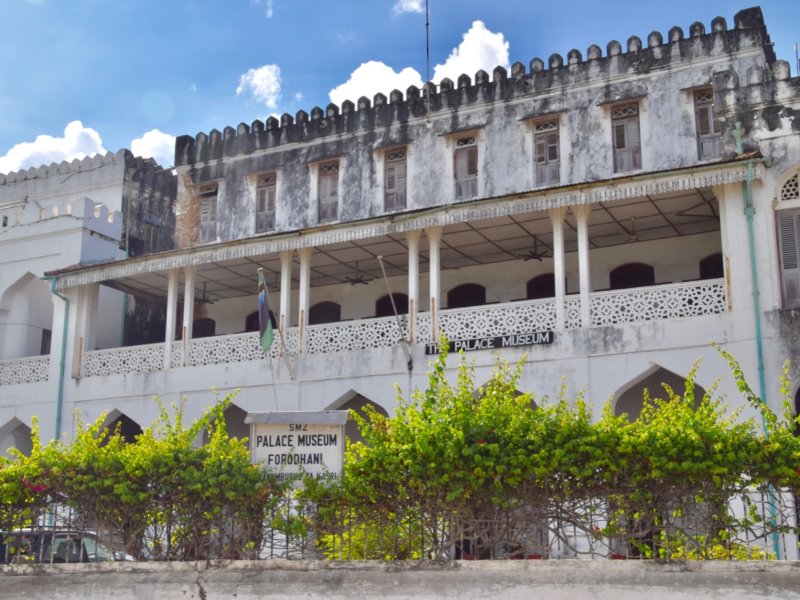

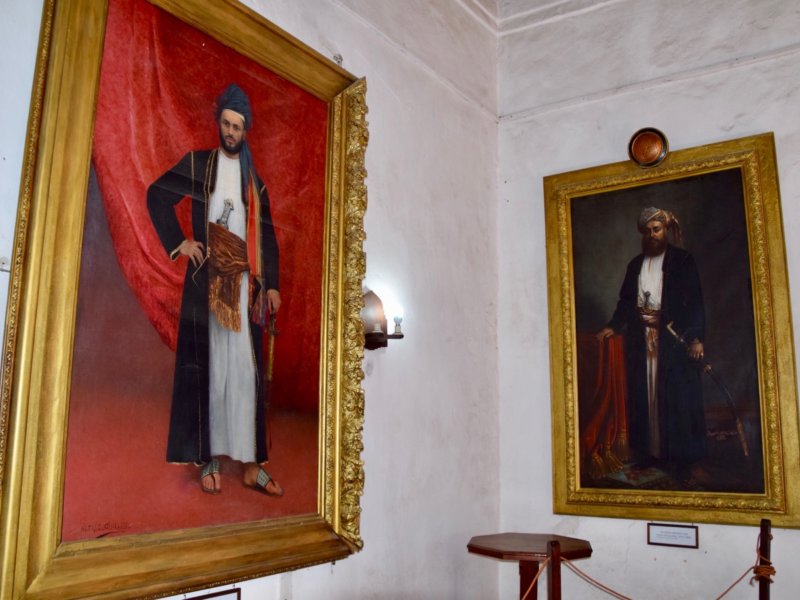
Feel like a Sultan at the Palace museum
This converted museum used to be the Sultan’s Seyyid Said’s palace and gives an interesting insight in the Zanzibari royal family in the 19th century. It contains a few valuable items Sultan's family left behind, deals with the international trade affairs of the Sultanate of Zanzibars and shows Sultans' furniture and various modern amenities that were introduced to Zanzibar under Sultan Barghash. It includes the living quarters of Sultan Khalifa II bin Harub, and his two wives, each of whom had very different tastes in furniture ;) The exibition is dusty and out-dated but nevertheless informative for an hour or so.
Tip!
Do not miss the wonderful view from the balcony.
See detail page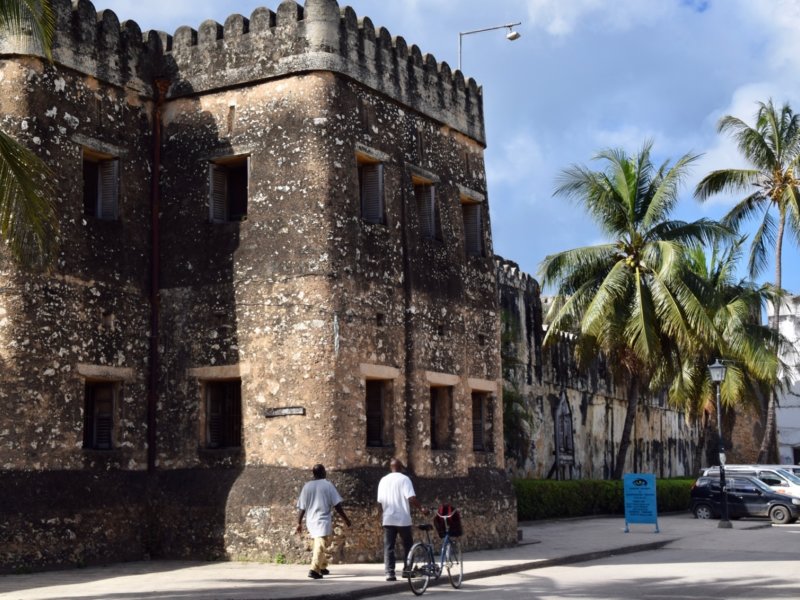
See a local show at the Arab Fort’s amphitheater
This massive, bastionned structure is the only major Arab castle still standing in East Africa. It’s quite impressive from the outside, much less from the inside. It had different uses from a prison to a tennis court and you can feel that they haven’t found the new ‘it’ yet. The current main feature is an open-air amphitheater. I had a lot of fun watching the finals of Zanzibar’s break dance competition, check for any scheduled local shows and events to enjoy the fortress in a non-touristy way.
See detail page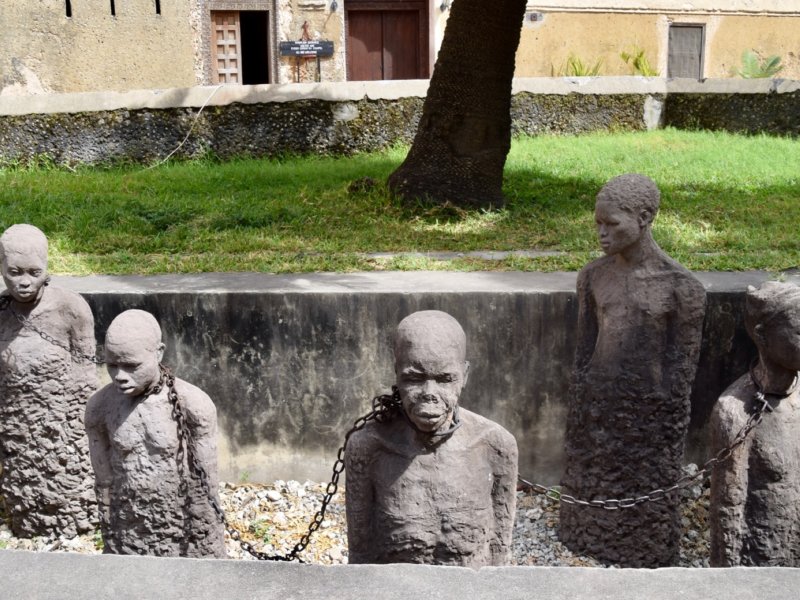

Learn more about Zanzibars past at the Old Slave Market / Christ Church
Zanzibar was once the center for the East African slave and ivory trade. At its height in the 18th and 19th centuries, some 45,000 slaves, captured on mainland Africa, were shipped from Zanzibar to Brazil, India and Arab countries. The Anglican Cathedral was built on the last permanent slave auction of East Africa to celebrate the end of slavery. In the museum on site the cruel history is told in an unbiased and factual way. It made me quiet for a while. The monument with the slaves in a pit is powerful, the chains were actually used on slaves in the 1800’s.
Tip!
Hire one of the guide that hang around the museum, they are very knowledgeable.
See detail pageCentral Tanzania
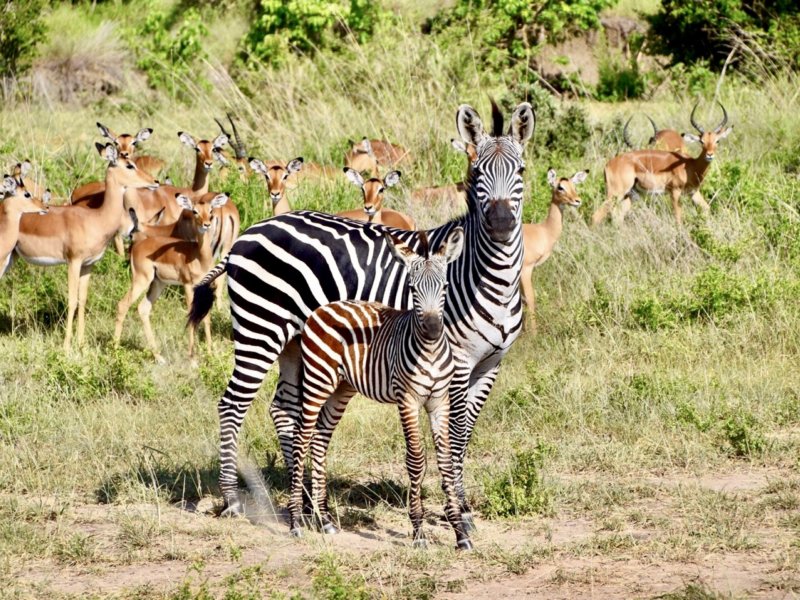
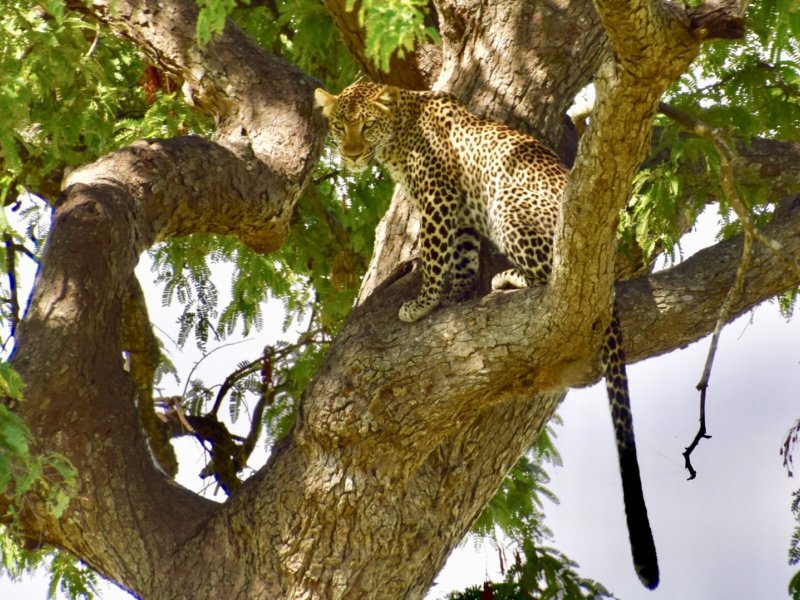
See elephants, giraffes and leopards on a budget in Mikumi National Park
Psssst! Did you know you can do a safari in Tanzania for under 100€/150$? Mikumi National Park offers you abundant wildlife for a steal.
Itinerary:
Day one - Take a local bus from Dar-es-Salaam to Mikumi (6 hours) for 18.000Tsh/8$/6,50€ and stay in a local guesthouse for 30,000 Tsh/13$/11€. Find a tour group to join the next day.
Day two - Join your new best friends, pay the park fee 35$/30€ and the tour group 50$/40€. Take the bus back to Dar or elsewhere.
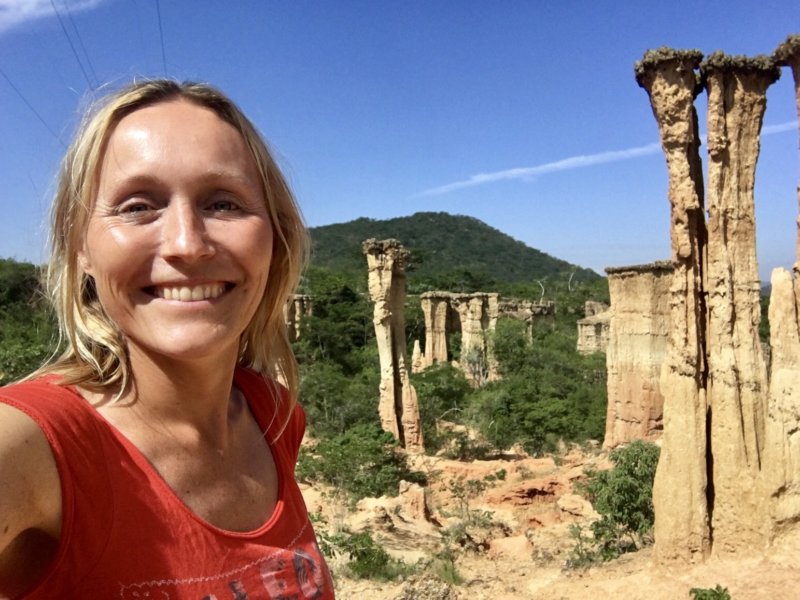
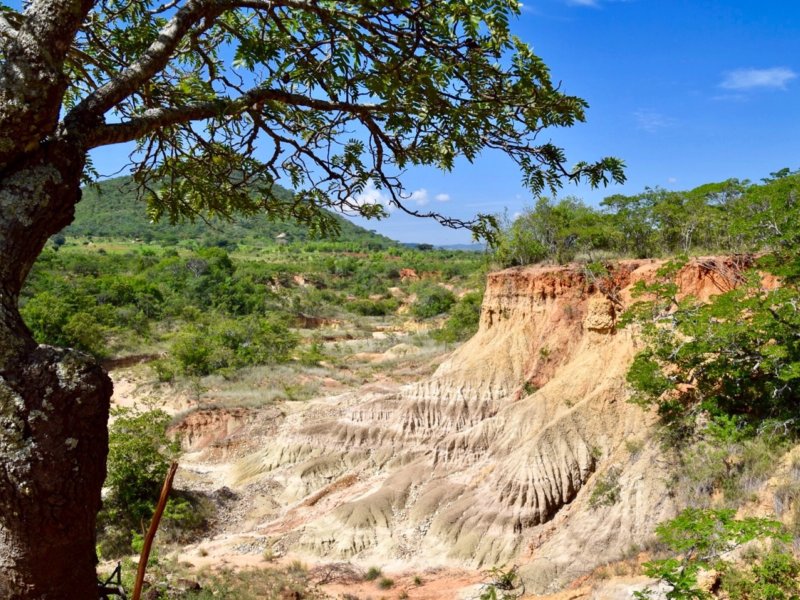
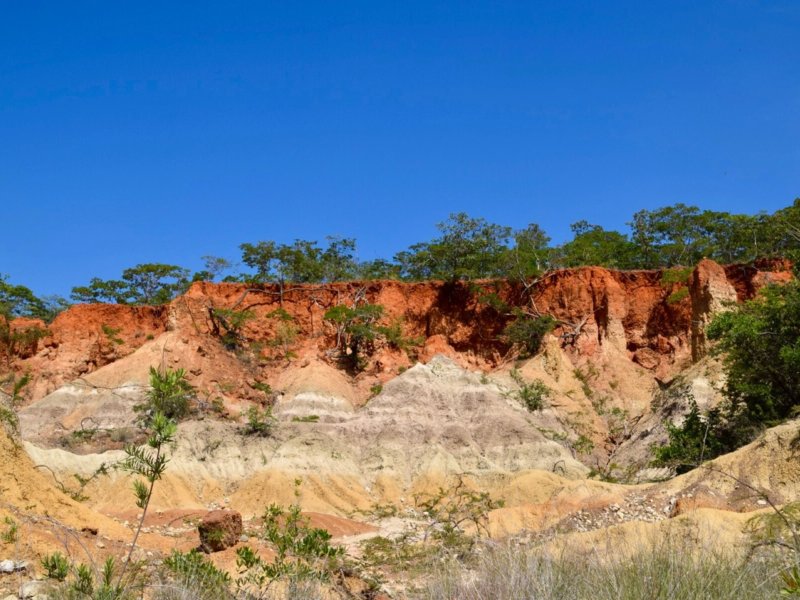
Marvel at red stone pillars at Isimila
These wonderful stone pillars were formed as a result of soil erosion on the land leaving the red standing pillars. They are part of an archaeological site, with important finds from the Stone Age. There are hammerstones, axeheads, flints and scrapers that are 60,000-100,000 years old on display. But! I thought the pillars were far more impressive, could have stayed here the whole day admiring the colours. This too is Tanzania!
Tip!
Try to get there in the early morning, when the sun comes out the canyon it can get unbearably hot.
See detail page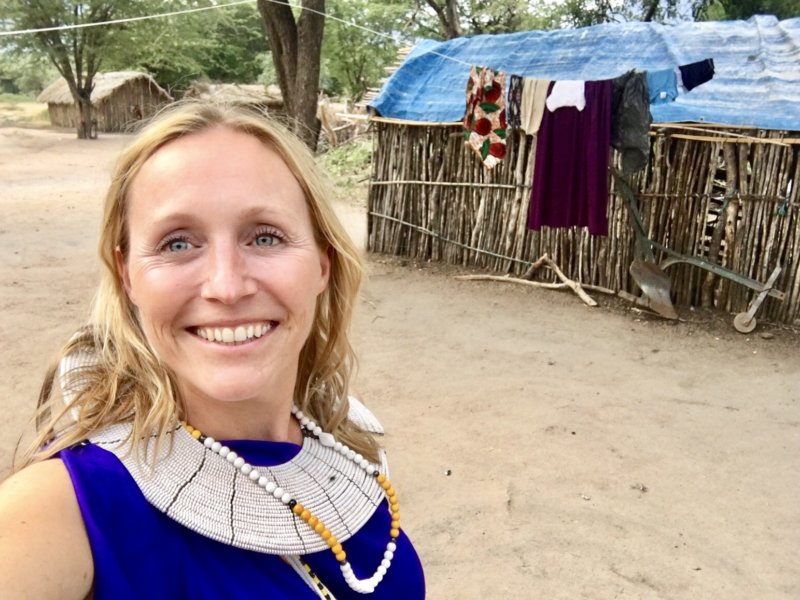
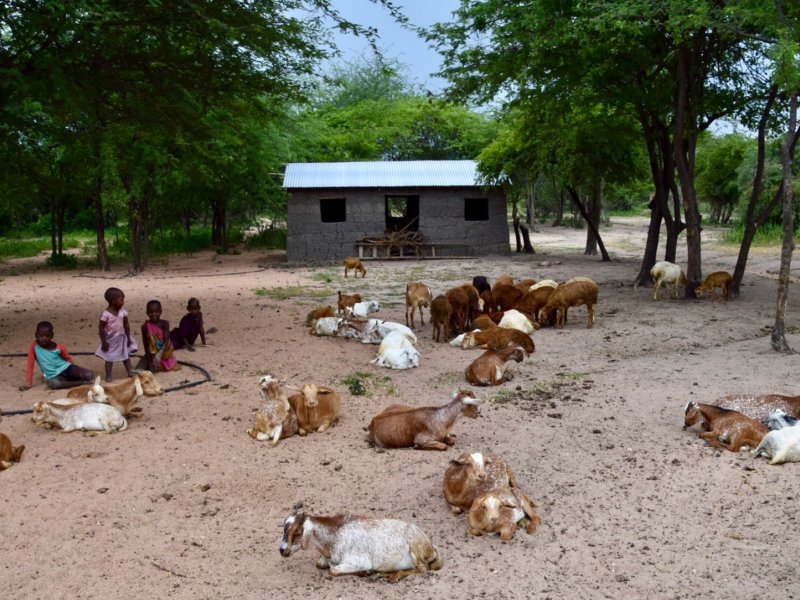
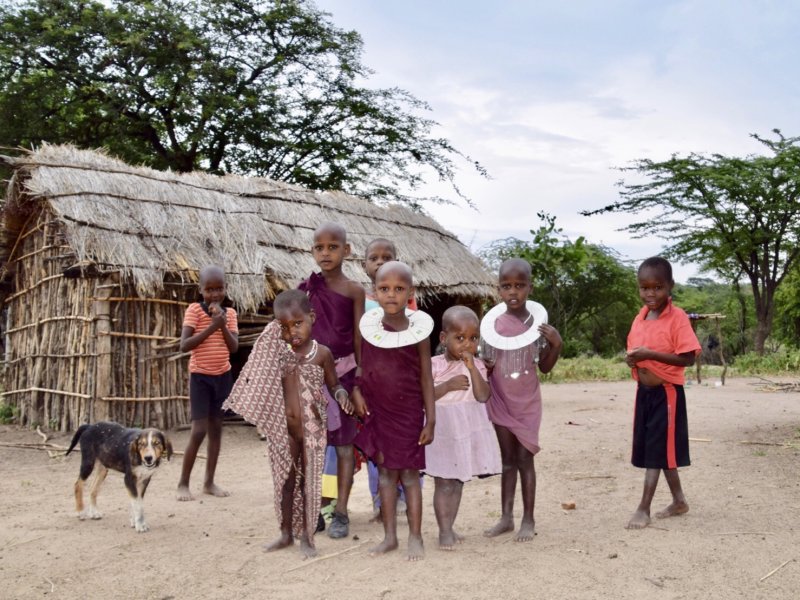
Stay the night at a Masaai village
I visited a little Masaai village in the hinterland of Iringa (5 hours by bus) and met with the members of the tribe. Although they hardly speak any English, the Masaai tried to involve me in their daily activities like cooking, milking cows and dancing at the camp fire. I even had to wear their typical blue-purple dress.
They live a very basic life, their activities revolve around herding cattle, preparing food for the village and raising the children. There is no electricity and running water and most of the huts are made of wood and mud. I had my own brick hut, the floor made of mud and the bed made of hay, two cow skins and a thin (yoga?)mat. Quite the experience.
Tip!
Mail Cashew at ruahaculturaltours@gmail.com for a tailor-made program.
See detail page
If I could re-do it ...
I’d do a walking safari too
Walking safari’s are the best way to get face to face with wildlife. Mikumi has an abundance so that would have been a wonderful experience.
Make sure you don't miss ...
1. The funny tourist boat’s names in Zanzibar.
2. Fluffy coconut bread.

